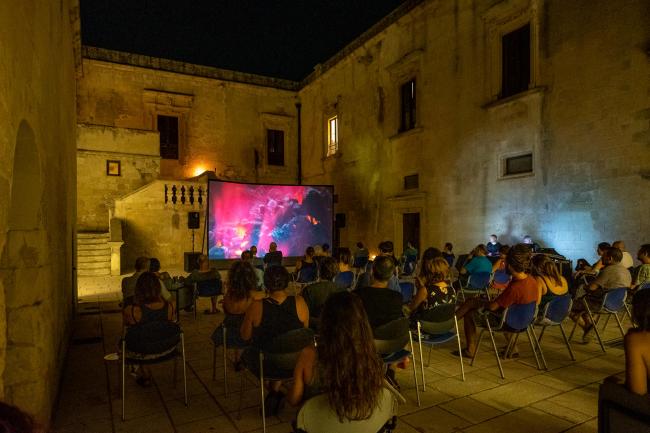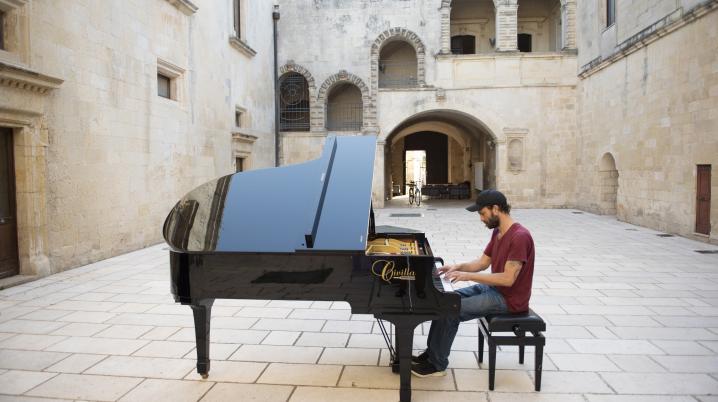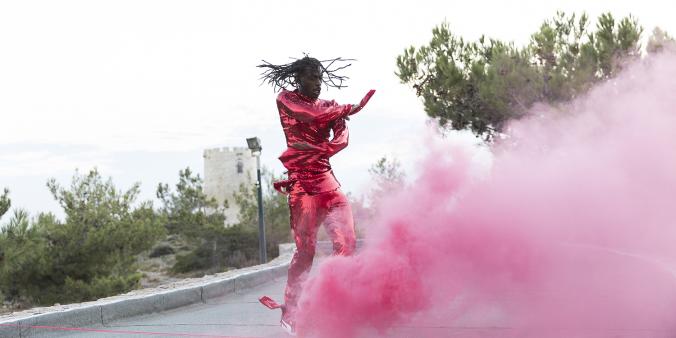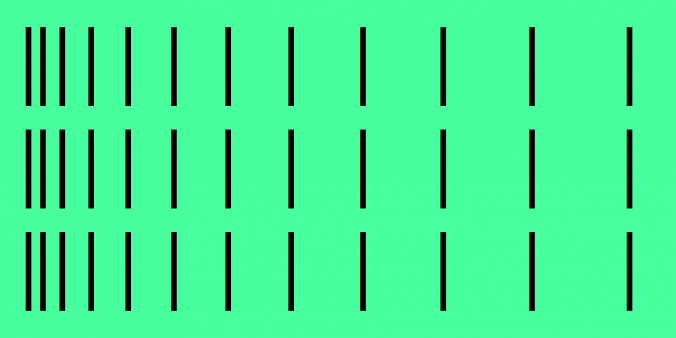
Nick Verginis is a research trainee on the DutchCulture | TransArtists team as part of his master’s degree programme in Cultural Leadership at the University of Groningen. His research focuses on the role of hosts of artist residencies in Southern Europe. This article is the third in a series of articles.
When I embarked upon the journey that research so often turns out to be, it was out of a genuine interest to find out what the characteristics of Artist in Residency programmes are, and why they are worthwhile for the artists to pursue, apply to and participate in. Informally, I was following a hunch, a kind of attraction to this format of creativity; formally, I was following up on various indications and the handful of studies that praised artist residencies for their potential, and the benefits that these artistic spaces could offer to both guests and hosts. Now, a few months later, I think I can claim to be a little bit wiser in some regards, but at the same time a little less certain about certain other aspects that have led me all the way back to the value of art itself.
The multitude of examples
The field of artist residencies knows many challenges: the lack of professionalisation that burdens many artists and organisations, and the lack of systematic, focused efforts aiding to the recognition and support of artist residencies in many countries and regions, to name but a few. What is also unclear is whether or not we can actually speak of artist residencies as a field or sector when there are so many differences between them. How would we define that field? Each residency organiser can approach artist residencies from a different organisational business standpoint, can demand a fee for the participation of the artist or artists, an end product, a sellable object, or any kind of public event following the residency – or nothing at all if their focus lies on research activities or just “free time”. Some residencies are invitation-only, while for others, the competition to be selected can be as fierce as finding an actual job. Additionally, the nature of the hosts themselves can vary a great deal: some represent governmental institutions, others are grassroots initiatives, artistic groups or collectives, or individual artists with room for a residency. Furthermore, these programmes can be located in small villages, on islands, off the grid in the countryside, or in busy metropolitan areas, and may last anywhere from a weekend to multiple months or even years.

The variety of these possibilities can certainly perplex the mind of any interested party, which is exactly what my first reaction was. However, what if, instead of viewing this situation as chaotic and incomprehensible, we viewed it in a positive light, as an endless potential that can represent other kinds of benefits? What if instead of trying to define artist residencies as a field that fits into a general mould, we focused on its pluriform and complex nature, which could reflect the present times of an overflow of incoherent information? Viewed that way, the very hybridity and flexibility of such programmes may be what makes them valuable in many ways.
As Marily Konstantinopoulou, co-founder of the civil non-profit Greek organisation ARTWORKS, puts it: ‘’Whereas the plurality and diversity of artist residencies offered is undeniable, it is difficult to study them and measure their impact, because of the inequality in the capabilities of supporting artists, as well as the differences across different geographies and contexts. This situation adds to the complexity and uniqueness of these initiatives, which can often function as catalysts to international careers of artists but can also represent a danger of exploitation of artistic labour in case of less transparent terms of what is expected of them from each residency programme.’’ ARTWORKS is not an organisation that offers artist residencies itself but runs a programme of fellowships that awards monetary prizes to Greek artists following an open call, which can include collaboration with a residency programme at a later stage. ARTWORKS’ function points to what institutions should, in fact, be focusing on: supporting artists by listening to their needs, wishes, and desires, by being adaptive and flexible, thus shifting the focus from the creation of a product in a temporary situation to the facilitation of new kinds of communities, long-term relationships, and trust.
The actual possibilities
The key word here is relationality, in the sense of caring. In a time of profit-oriented art galleries and commercial objectives, where residencies are often reduced to superficial, competitive vouchers, it can be radical to imagine non-hierarchical relationships based on individual and collective acts of caring. And while care may be a highly popular term nowadays, the critical element is to attempt to practice it, instead of theorising about it. This is also highlighted in the book ON CARE, A Journey into the Relational Nature of Artists’ Residencies, a publication by three collaborating organisations and DutchCulture|TransArtists. One of the discussed subjects at the book launch last March that resonates with my research, is what should ideally happen before, during and after the artist residency, namely for the guest and the host to engage in a new, non-hierarchical, ethical, and sustainable relationship, beyond the time and space in which 'the artist is present'.
According to Paolo Mele, president of the Italian network of artist residencies STARE, artist residencies actually represent investigative methodologies that can offer tools to artists, producers, researchers, curators and so forth to focus on critical issues such as environmental and financial sustainability. Broadly put, artist residencies can fulfil the purpose of art, which is to ask questions and look for answers. As a result, they can function as a field with the potential to foster interdisciplinary and experimental discussions that cover the entire ecology of art and much more besides.





